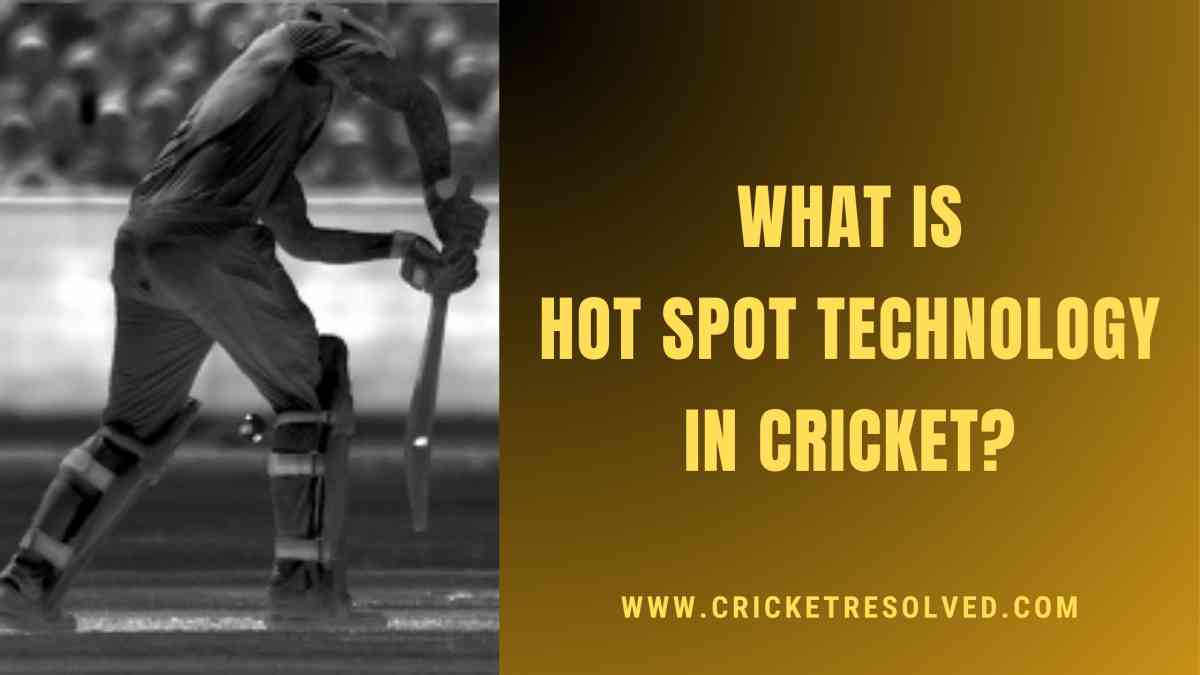
In the past, umpires had to rely on themselves to make decisions, and players had no other option but to accept that. But, with time, many new technologies have cropped up to assist the umpires and players.
The Hot Spot technology has helped umpires arrive at correct decisions on several occasions. But what is Hot Spot technology? And how does it work?
In this article, let’s understand the Hot Spot technology and its functioning in cricket.
Hot Spot Technology
Nicholas Bion, a French scientist, is the inventor of the hot spot technology. The technology was primarily invented for military purposes, though it also made its mark in cricket.
At some point, you must have heard of the Decision Review System used in cricket matches. The Hot Spot technology is part of the DRS used by umpires and players.
The technology helps umpires assess whether the ball hit the bat, pad, other equipment, or the player’s body.
How Does Hot Spot Technology Work?
The Hot Spot technology uses a setup of 2 infrared cameras placed at the bowling ends on both sides. These special cameras detect the heat produced after the impact of the ball, either on the bat, pad, or body.
The visuals captured by the infrared cameras are then relayed to a computer. The system then generates the exact point of impact, helping umpires determine if the ball made any contact with other objects. If the ball collides with the bat or pad, it shows a bright spot at the point of contact.
When is Hot Spot Technology Used?
This technology is used for catch out or LBW dismissal reviews. Since it’s part of the Decision Review System (DRS), the third umpire can avail of the Hot Spot technology at the request of on-field umpires or players.
For instance, the on-field umpire sends a request to check whether the ball edged the bat or not. Then, based on the Hot Spot visuals, the third umpire can check if the ball made any impact on the bat. If the system reveals any spot on the bat, then it’s ruled out, otherwise, the batter will not be given out.
Similarly, when the third umpire is reviewing an LBW appeal, they will check if the ball hit the bat first or the pad. If the ball directly made contact with the pad, then the umpire can proceed further with the LBW review.
How is Hot Spot Different from Other Similar Technologies?
Hot Spot is not the only technology used to detect the contact of the ball with other objects. Snickometer and Ultra Edge are widely used in international matches, though both are different from Hot Spot technology.
Snickometer and Ultra Edge are sound-based technologies, while Hot Spot is a visual-based technology. Snicko and Ultra Edge detect the contact based on the noise generated by the impact between the ball and the bat or pad.
Now, their functioning is different, but the end goal is the same — to help umpires make the correct decision.






